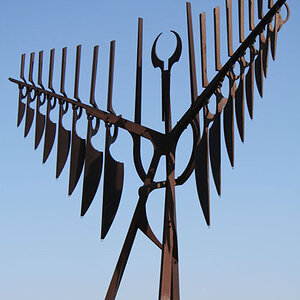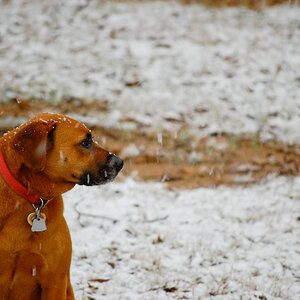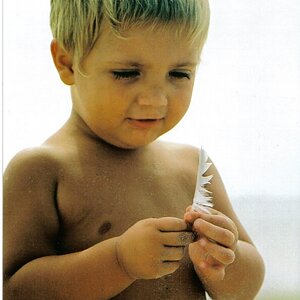jcdeboever
Been spending a lot of time on here!
- Joined
- Sep 5, 2015
- Messages
- 19,868
- Reaction score
- 16,081
- Location
- Michigan
- Can others edit my Photos
- Photos OK to edit
I have dabbled occasionally with trying to create an interesting composition by jerking or moving the camera while pressing the shutter. I'm not sure what this is called, there was a lady who used to frequent here that was very good at it but her name escapes me. Recently I have been inspired by @Frank F. He has posted some of these in his daily photo thread Frank's daily photo 2017 and rekindled my interest.
Anyway, here is an image that I captured in the fall. I like that there is a small box of distant trees in focus in a good spot within the frame. I am looking for ways to try and control it a little more or is it one of those things that is just lucky? In this one, I was the passenger in a moving vehicle and it seemed natural to do it this way. Feel free to critique the image in a way you think could help me improve using this technique (I am not sure what it is called) or things to read up on.

Anyway, here is an image that I captured in the fall. I like that there is a small box of distant trees in focus in a good spot within the frame. I am looking for ways to try and control it a little more or is it one of those things that is just lucky? In this one, I was the passenger in a moving vehicle and it seemed natural to do it this way. Feel free to critique the image in a way you think could help me improve using this technique (I am not sure what it is called) or things to read up on.



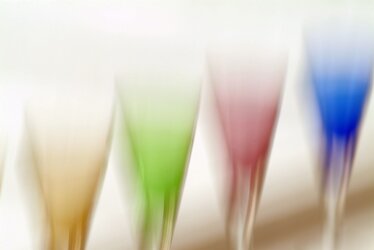

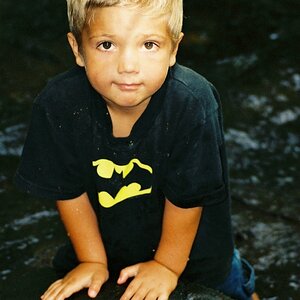
![[No title]](/data/xfmg/thumbnail/41/41760-e5b9dc90c1289f677ce3ca9dc1fa6dde.jpg?1619739884)
![[No title]](/data/xfmg/thumbnail/41/41763-0bab4b330c52691d3fe616ed090ace09.jpg?1619739885)
![[No title]](/data/xfmg/thumbnail/41/41762-58f644e561db7433f4f566037a965217.jpg?1619739884)



